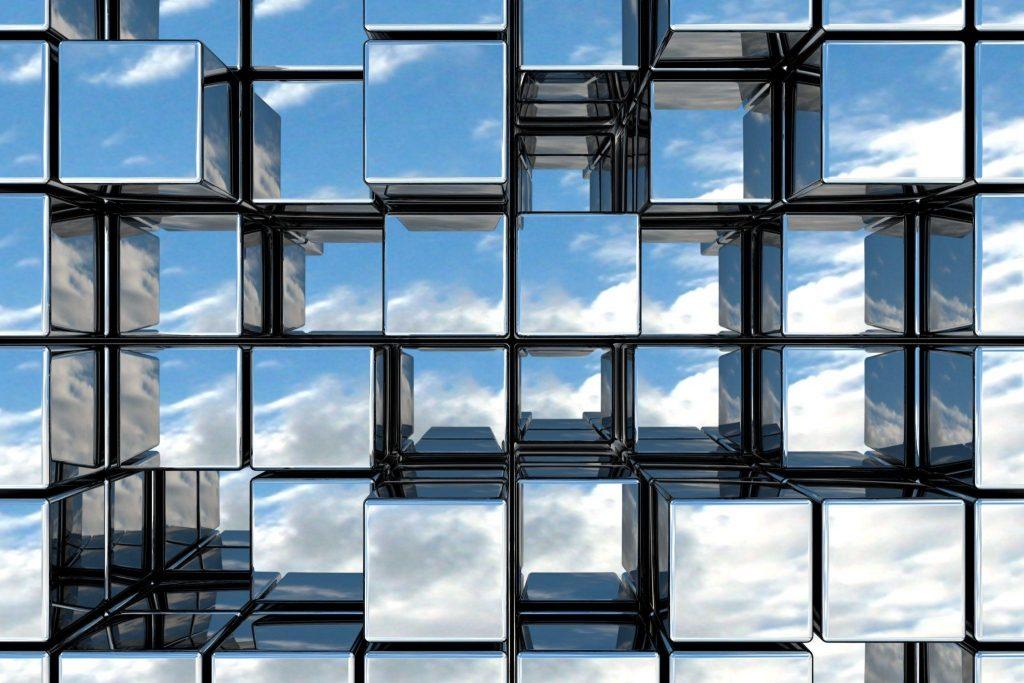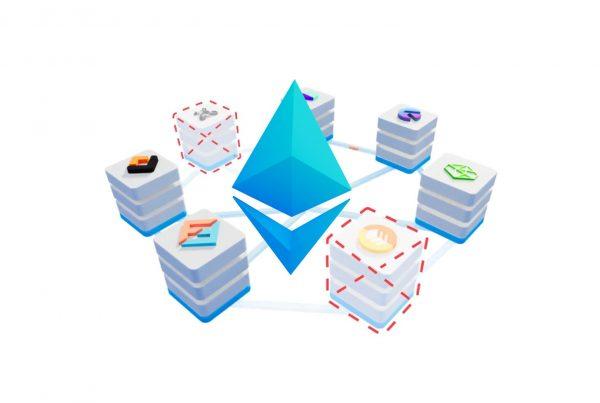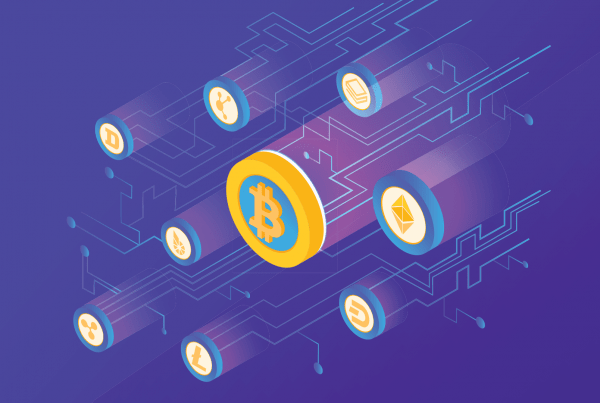
Upland, the web3 virtual property platform, has revealed a 70% improvement in 3D asset production following an integration with AI startup Kaedim. Using machine learning algorithms, Kaedim converts images into 3D models. Its service allows web3 platforms to speed up asset production and reduce development time.
Kaedim Helps Upland Scale Its Digital Assets
Upland is a web3 platform powered by user-generated content (UGC). Players and creators can upload content to share and trade with fellow Upland users. Due to the demand for fresh content, there’s a significant amount of 3D assets constantly being uploaded, which risks causing bottlenecks. Assets that are slow to be digitally recreated could impair user experience and deter players.
To solve this, Upland turned to Kaedim for help in reducing the production time for its totem lifeforms – a type of digital collectible that features within its virtual world. Kaedim’s image-to-mesh technology was able to deliver a 72% improvement in production speed. In addition to easing the strain on Upland when it comes to processing all of this content, the benefits have been felt immediately by players who can enjoy fresh updates of new assets and features.
In its report on the collaboration, Kaedim summarizes: “In less than two weeks, we successfully took two original IP campaigns from inception to production, covering Map Assets, Structure Ornaments, Go Karts & Wearables,” before concluding, “Integration of Kaedim’s AI-powered 3D asset generation led to a remarkable 7x acceleration in production” for Upland assets.
Accelerating Assets for Virtual Worlds
For virtual worlds to feel more like real worlds, they need to be infused with colors, textures, shapes, and objects that can recreate physical spaces and characters in 3D. In the case of Upland, the digital realm is enhanced by the use of 3D wearables, map assets, go karts, and totems. Each of these objects is created using generative AI and then uploaded.
By making use of Kaedim’s AI generation algorithm, Upland was able to upload designs that meet its house style, ensuring that unique characters share recognizable design traits, creating congruence between characters. To ensure that assets look as realistic as possible, meanwhile, Kaedim provided auto-texturing, which supports fine adjustments to the color palette.
As Kaedim explains, “AI mesh generation eliminates the need for modeling or sculpting from a sketch, saving hours typically spent on creating a starting mesh for texturing. This significantly streamlines our artists’ workflow.”
AI Makes Its Mark on Crypto
Kaedim’s use of artificial intelligence for 3D image generation and processing is one of the many ways in which AI and blockchain are intersecting. Crypto’s ability to support decentralized economies is ideal for aligning incentives between consumers and producers, such as in the case of DePIN (decentralized physical infrastructure networks).
While projects such as Render and io.net are making DePIN a reality, on the consumer side, Kaedim is showcasing another practical application for AI. As machine learning is brought to bear for image and multimedia generation, it has the ability to dramatically accelerate workflows, allowing UGC to be accessed within web3 worlds quickly and with low computational cost.



